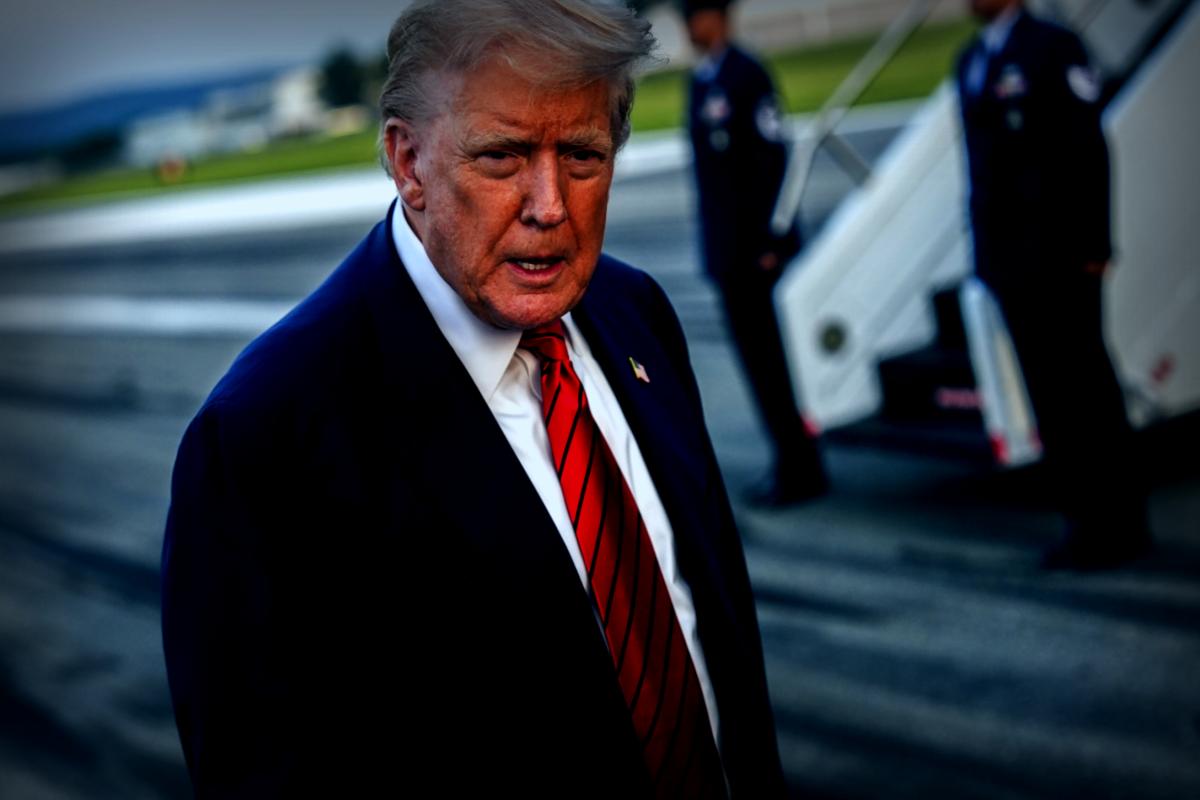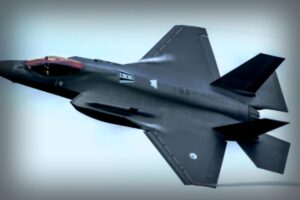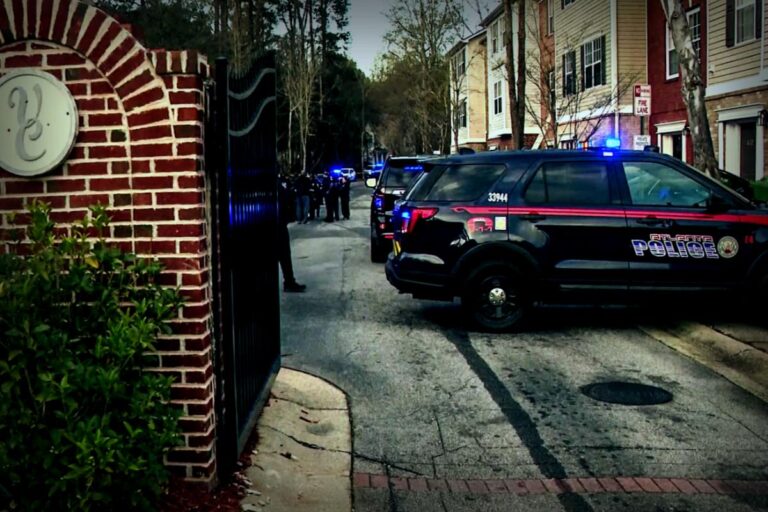Over the weekend, U.S. fighter jets were put on alert to intercept a civilian aircraft that unexpectedly entered the restricted airspace above President Donald Trump’s golf course in Bedminster, while he was present there.
The incident took place on Sunday at around 12:50 p.m. ET, when a pilot unknowingly flew into a temporary flight restriction (TFR) zone that was established for security purposes.
According to a statement from North American Aerospace Defense Command (NORAD), their aircraft used flares to grab the plane’s attention before escorting it out of the restricted area.
Importance of the Incident
This event highlights the ongoing efforts to secure airspace and protect high-profile individuals like former Presidents. The enforcement of TFRs during the presence of such figures emphasizes the importance of caution and compliance from pilots.
Repeated incidents of unauthorized airspace entries raise concerns about pilot awareness regarding crucial airspace regulations.
Key Points
This interception marked the second unauthorized entry in the same airspace on that Sunday, making it the fifth such incident throughout the weekend.
NORAD clarified that the flares used during the interception are designed with safety in mind. They mentioned that these flares burn out quickly, posing no risk to people on the ground.
Moreover, NORAD urged pilots to stay updated well before their flights, stressing the need to consult the Federal Aviation Administration (FAA) Notice to Airmen (NOTAMs) and remain informed about Airspace restrictions.
President Trump concluded his stay at Bedminster and returned to the White House late Sunday night, as reported by MSN.
Public Response
NORAD has consistently reminded pilots about familiarizing themselves with airspace updates, which include FAA NOTAMs necessary for planning any flight activities.
They note that compliance with airspace regulations is essential for all pilots, no matter where they are flying.
What Lies Ahead
NORAD is committed to overseeing restricted airspace and responding quickly to any violations or threats that arise. They continue to emphasize the necessity for pilots to stay informed about all current FAA restrictions.
The FAA will keep reaching out to the aviation community to advocate for awareness about NOTAMs, especially during events involving high-profile officials.
By enforcing TFRs and implementing actions like launching fighter jets, authorities stress the importance of securing presidents. Moving forward, NORAD and the FAA may provide further updates to enhance communication and procedures regarding no-fly zones during significant public events.




















